By Michael Wilmington & Film Noir Blonde
The Noir File is FNB’s guide to classic film noir, neo-noir, sort of noir and pre-noir on cable TV. All movies below are from the schedule of Turner Classic Movies (TCM), which broadcasts them uncut and uninterrupted. The times are Eastern Standard and (Pacific Standard).
PICK OF THE WEEK
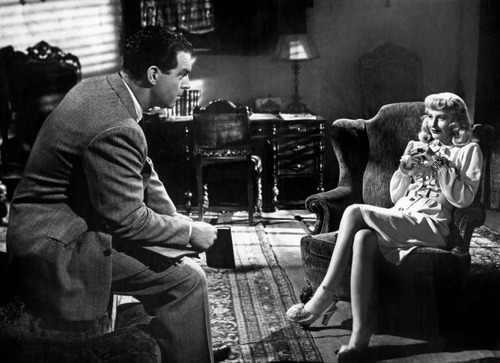
Phyllis (Barbara Stanwyck) figures that having Walter (Fred MacMurray) get rid of her husband will be far more cost-effective than hiring a divorce lawyer.
“Double Indemnity” (1944, Billy Wilder). Thursday, Feb. 21, 8 p.m. (5 p.m.).
She’s got a plan, she just needs a man. And that’s a welcome challenge for a femme fatale, especially one with an ankle bracelet.
In Billy Wilder’s film noir masterpiece, “Double Indemnity,” from 1944 Phyllis Dietrichson (Barbara Stanwyck) wants out of her marriage to rich, grumpy oldster, Mr. Dietrichson (Tom Powers). For Phyllis, seducing a new guy to help make hubs disappear is so much more cost-effective than hiring a divorce lawyer. A smart insurance man is even better. Along comes Walter Neff (Fred MacMurray) trying to sell a policy, just as Phyllis finishes a session of sunbathing, wearing an ankle bracelet and not much more. That’s about as much bait as Walter needs. Read the full FNB review here.
Thursday, Feb. 21
3:45 p.m. (12:45 pm): “The Long Voyage Home” (1940, John Ford). Superb film noir cinematography by the matchless Gregg Toland (“Citizen Kane”) graces this dark, moody John Ford–Dudley Nichols adaptation of four of Eugene O’Neill’s great, gloomy sea plays. The themes and mood are noir too. With Thomas Mitchell, Barry Fitzgerald, Ward Bond, Mildred Natwick and John Wayne – who always called “The Long Voyage Home” one of his favorite films.
5:45 p.m. (2:45 p.m.): “Foreign Correspondent” (1940, Alfred Hitchcock). After “Rebecca,” his Oscar-winning 1940 American debut, Alfred Hitchcock’s second Hollywood movie was more truly Hitchcockian. It’s an ingeniously crafted spy melodrama, scripted by Charles Bennett, Joan Harrison and (uncredited) Ben Hecht. Joel McCrea plays a foreign correspondent who gets enmeshed in pre-WW2 intrigue; co-starring Laraine Day, George Sanders, Edmund Gwenn and Robert Benchley. This very anti-Nazi picture was intended to encourage the U.S.’s entrance into the war, to help rescue Hitch’s British countrymen, and it probably did. It’s also a corking Hitchcock spy thriller in the “39 Steps”-”Lady Vanishes” tradition.
Saturday, Feb. 23
1:30 p.m. (10:30 a.m.): “Anatomy of a Murder” (1959, Otto Preminger). With James Stewart, Lee Remick and Ben Gazzara. Reviewed in FNB March 14, 2012
8 p.m. (5 p.m.): “On the Waterfront” (1954, Elia Kazan). One of the great ’50s American social dramas is also one of the great ’50s film noirs, with director Elia Kazan, screenwriter Budd Schulberg and cinematographer Boris Kaufman giving us a two-fisted, beautifully shot and acted drama of a corrupt labor union gang. The star is Marlon Brando, as the slightly punchy, fight-scarred ex-boxer and dockworker Terry Malloy (Brando’s greatest performance), whose brother Charley (Rod Steiger) is a mouthpiece for the crooked union run by mobster Johnny Friendly (Lee J. Cobb). Terry has to decide whether he’ll rat out all the rats to a government investigating committee – exposing the thugs who killed the dockworker father of Edie (Eva Marie Saint) with whom Terry has fallen in love.
All the actors above were nominated for Oscars. (Brando and Saint won, along with Kazan, Schulberg, composer Leonard Bernstein and the movie). Also a nominee was supporting actor Karl Malden as the fighting pro-worker priest, Father Barry. And, in addition to the film’s many prizes, several generations of actors all wanted passionately to be like Brando and to play a scene like the one in “On the Waterfront,” acted with Steiger in a taxicab, where Terry says, heart-rendingly: “Charley, Charley, you don’t understand, I coulda had class….I coulda been a contender.” They never matched that scene, and neither did Brando.
10 p.m. (7 p.m.): “The Harder They Fall” (1956, Mark Robson). Humphrey Bogart’s last movie, and a good one. He’s a respected sports reporter turned unrespectable publicist, hired by a crooked boxing promoter (Rod Steiger) to bilk the public and exploit a huge but naive and ill-skilled South American boxer, Toro Moreno (Mike Lane). Based on a book by boxing aficionado Budd Schulberg.
4:30 a.m. (1:30 a.m.): “The Last Detail” (1973, Hal Ashby). Jack Nicholson gave one of his best performances as “Bad Ass” Buddusky, an astonishingly foul-mouthed and cynical Navy lifer who pulls guard duty and has to escort a hapless Navy thief named Meadows (Randy Quaid) to eight years of hard time at Leavenworth. Bad Ass decides (unwisely) to let the kid live a little along the way. One of director Hal Ashby’s best movies, and one of Robert (“Chinatown”) Towne’s greatest scripts, adapted from a novel by Navy man Darryl Ponicsan.
Sunday, Feb. 24
2:30 a.m. (11:30 p.m.): “Midnight Express” (1978, Alan Parker). Oliver Stone wrote the no-punches-pulled screenplay for this searing Alan Parker-directed biographical thriller about real-life American tourist/smuggler Billy Hayes (Brad Davis) and his hellish times in a Turkish prison. With John Hurt and frequent jailbird (in this column at least) Randy Quaid.
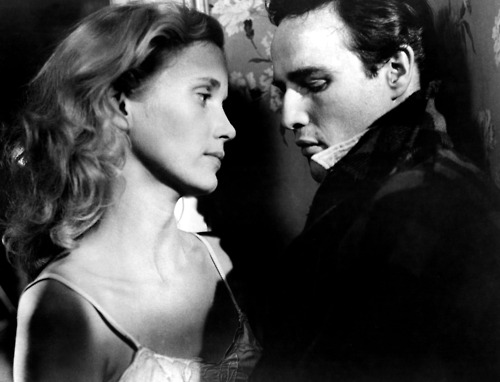
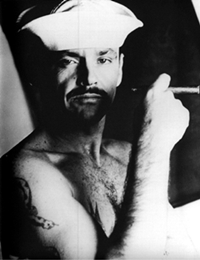





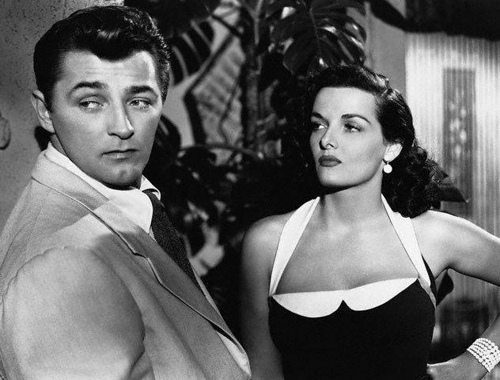
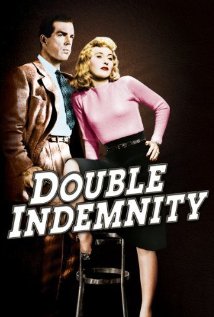
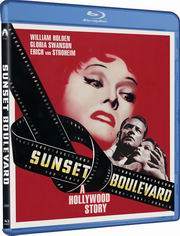
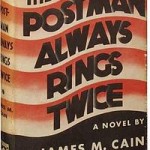
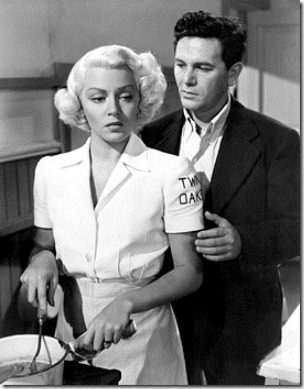
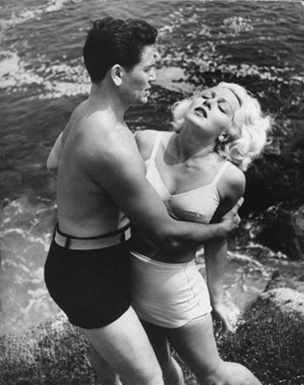
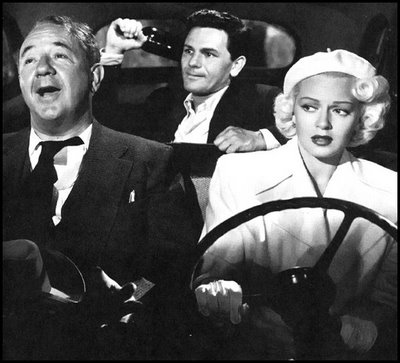
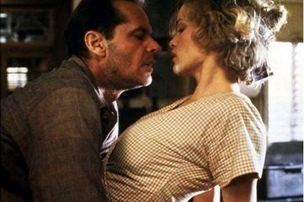
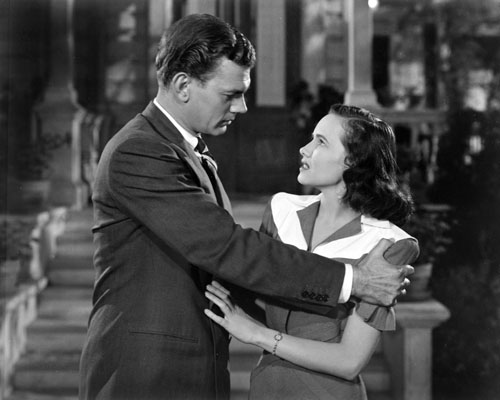
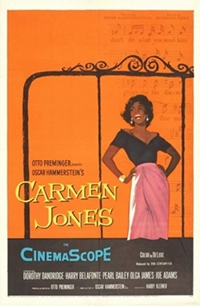
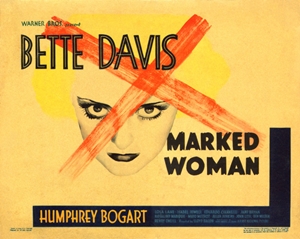
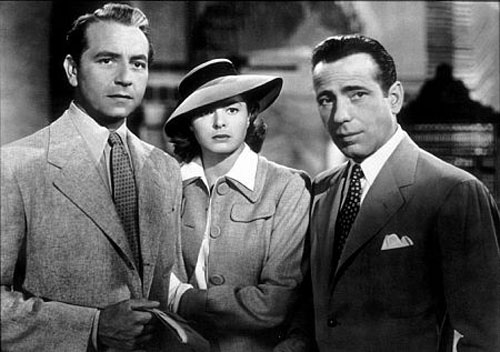
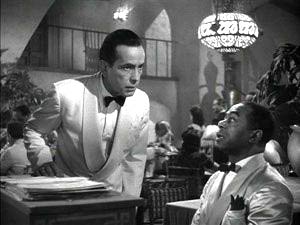
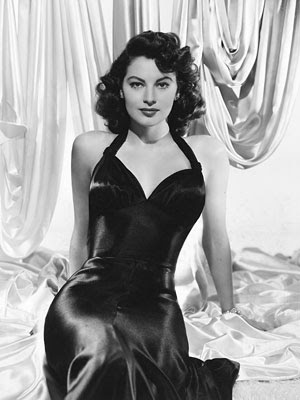
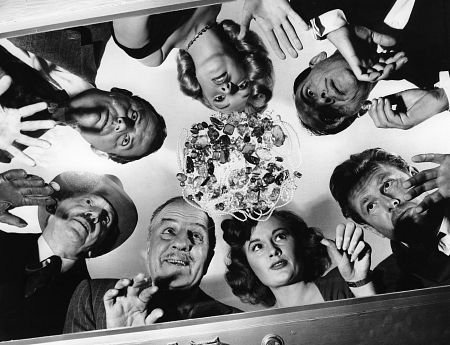
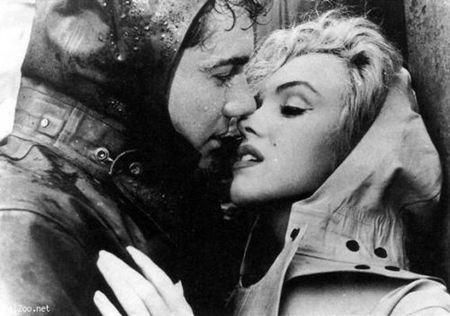
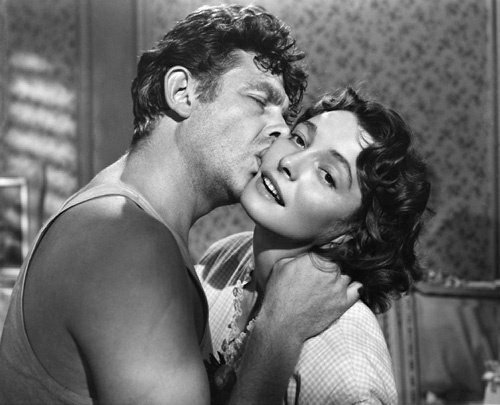
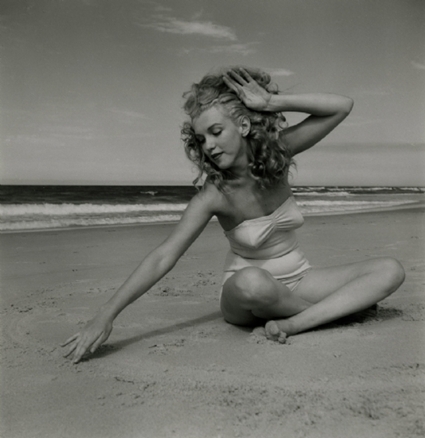
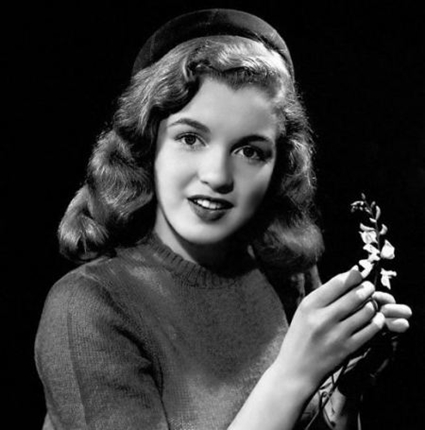
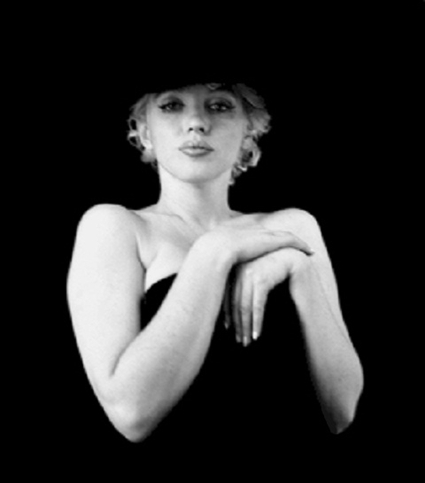
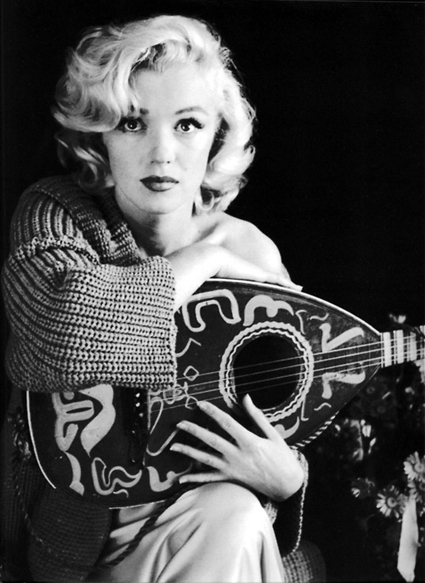
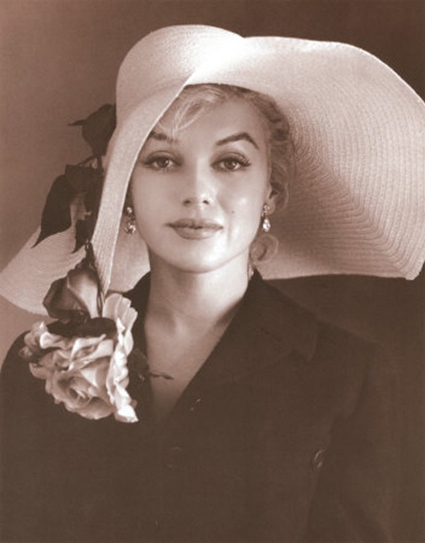
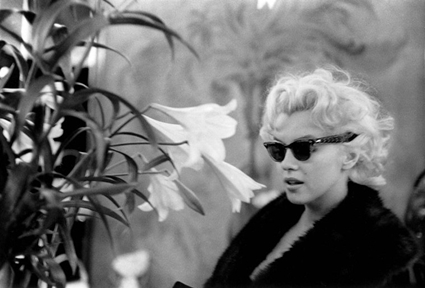
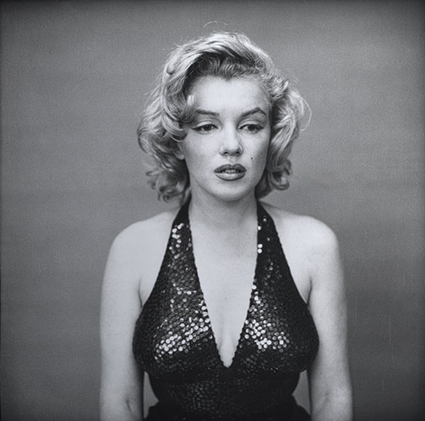
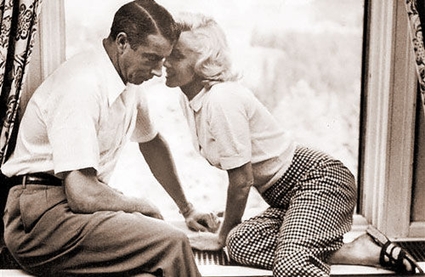
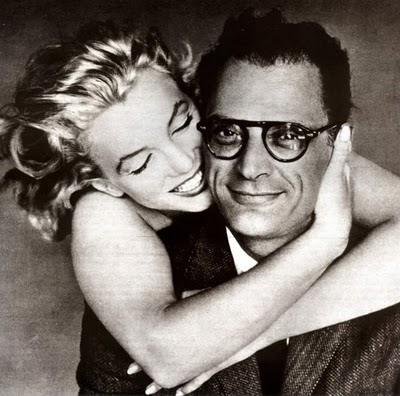
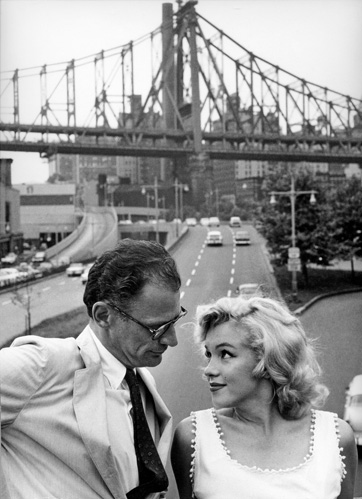
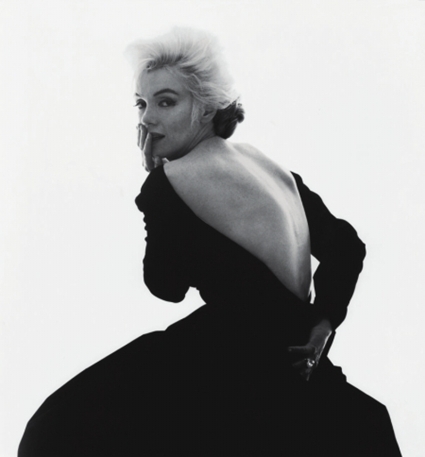
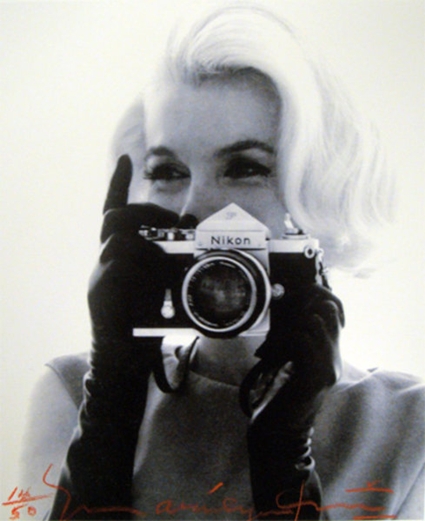
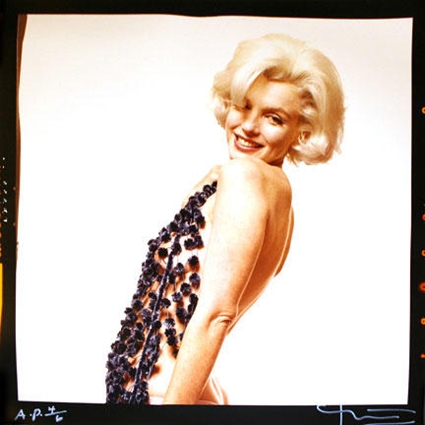
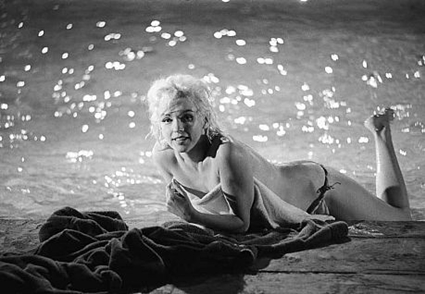






From FNB readers